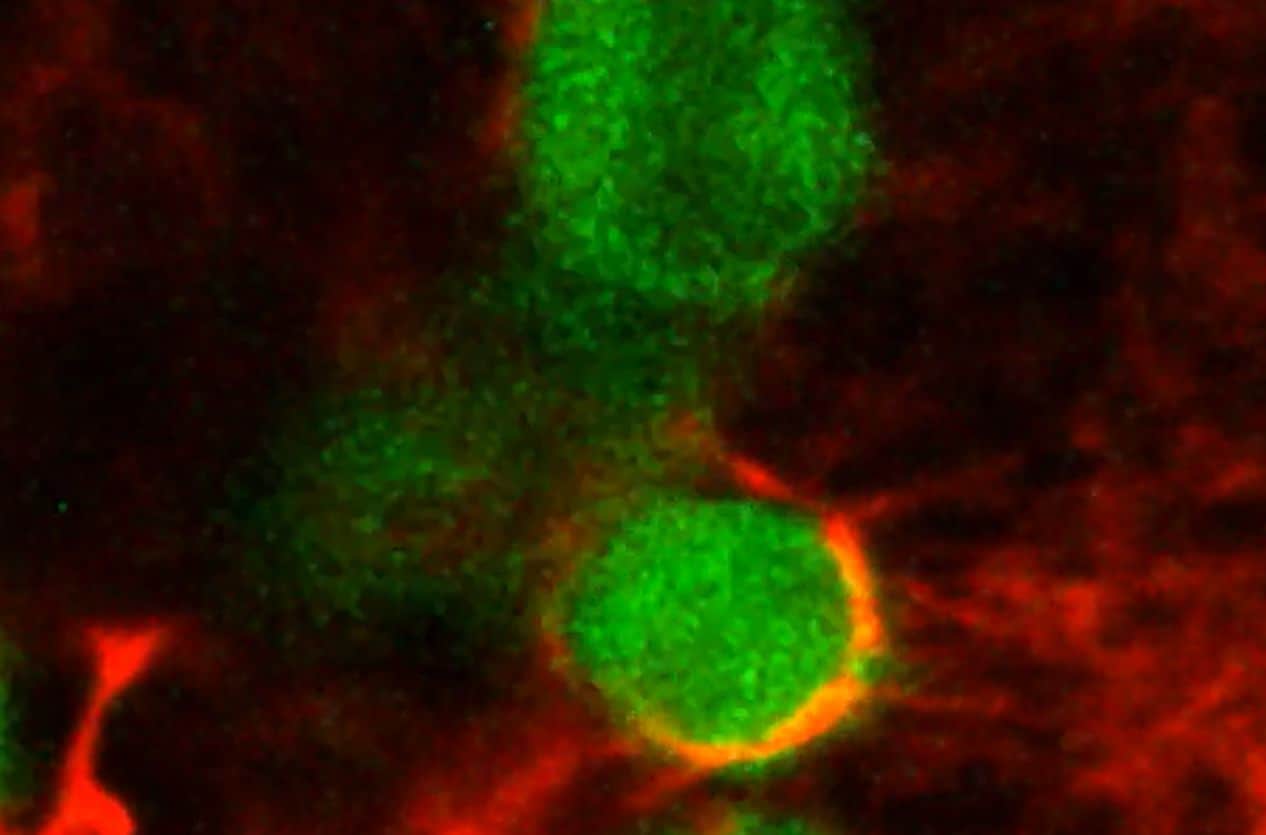Recent discoveries, such as the fact that cells secrete a type of collagen to stay asleep and wake up when collagen levels fall, point to new ways to combat metastatic disease.
Mount Sinai experts have solved a significant puzzle in cancer research: how cancer cells can stay dormant for years after leaving a tumor and traveling to other parts of the body before reawakening and causing metastatic cancer.
The cells stay silent by secreting a form of collagen called type III collagen in the environment around them, according to studies published in Nature Cancer in December, and only become malignant after the level of collagen drops. The researchers discovered that by adding collagen to the environment around the cells, they were able to keep the cells inactive and prevent tumor recurrence.
“Our findings have potential clinical implications and may lead to a novel biomarker to predict tumor recurrences, as well as a therapeutic intervention to reduce local and distant relapses,” says senior Dr. Jose Javier Bravo-Cordero, senior author of the paper.
“This intervention aimed at preventing the awakening of dormant cells has been suggested as a therapeutic strategy to prevent metastatic outgrowth. As the biology of tumor dormancy gets uncovered and new specific drugs are developed, a combination of dormancy-inducing treatments with therapies that specifically target dormant cells will ultimately prevent local recurrence and metastasis and pave the way to cancer remission.”
The majority of cancer deaths are caused by metastasis, which might occur years after a tumor has been removed. Previous research looked at how distributed tumor cells emerge from dormancy; this current study looked at how they stay dormant.
The researchers used high-resolution imaging techniques, including intravital two-photon microscopy, which allows latent cells in their environment to be visualized in real time in a living animal. Using breast and head and neck cancer cell lines, the researchers were able to detect latent tumor cells in mice models. The researchers were able to see how the architecture of the extracellular matrix altered as tumor cells became latent and how it changed when they awoke using this technology.
The researchers demonstrated that an abundance of collagen might be utilized as a potential marker to predict tumor recurrence and metastasis in patient samples. When scientists raised the amount of type III collagen around cancer cells that had left a tumor in mouse models, cancer development was halted and the disseminated cells were forced to go dormant.
This study suggests that by utilizing tactics that aim to enrich the tumor microenvironment in type III collagen, metastasis may be inhibited by inducing tumor cell dormancy, similar to how collagen scaffolds have been recommended as a therapeutic alternative for complex skin wounds.
You were reading: How to stop dormant, disseminated cancer cells from becoming metastatic, new study answers
